Holobay is a groundbreaking virtual production service provider based in Hamburg and Berlin, Germany. It’s the brainchild of producer Dan Weigl, virtual production supervisor Fabian Schmid, and technical engineer Simon Kebeiks. Some of their recent projects include several high-end commercials, music videos, and The Social Experiment, the first German movie produced on an LED volume.
Setting the Stage
As veterans of traditional production and visual effects, the trio found themselves highly intrigued by the advent of in-camera VFX with LED volumes. “We had offers to get in on the hardware side with our own stage but ultimately chose not to go down that route,” says Weigl. “In Europe, many of the hardware providers have different use cases or approaches to the film industry and speak a different vocabulary So, we work closely with stage partners who handle the hardware, and we take care of the clients.”
“We consult with our studio partners every time we get inquiries for building up a volume, adds Weigl. “For the content end, we have our own virtual art department and work with a couple of post-production houses. We also have agreements with Arri and OptiTrack, and we’re looking for other hardware partners.”
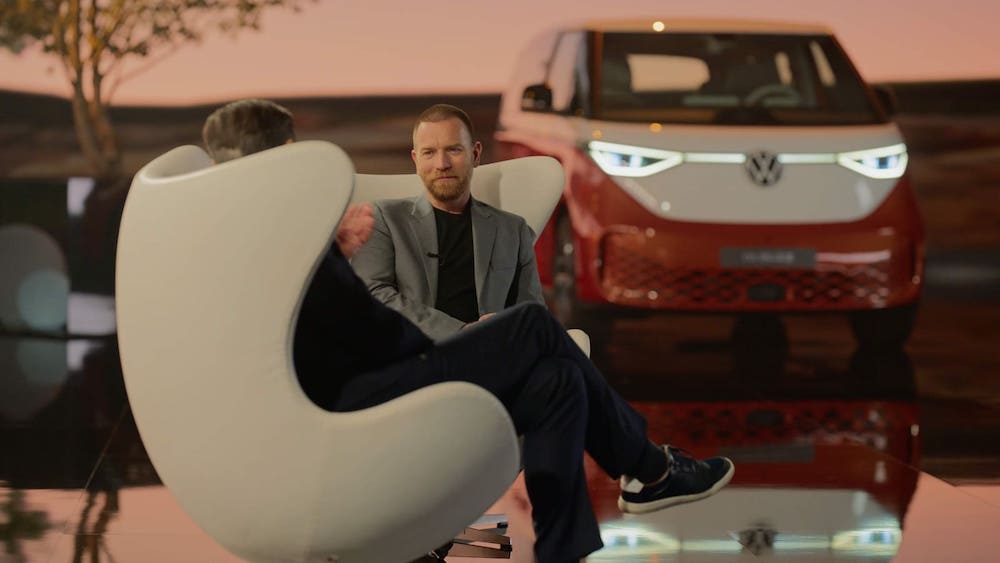
The Education Piece
Many virtual production initiatives struggle with hardware requirements or asset building. The Holobay team finds their most significant challenge is educating would-be clients on the benefits and requirements of the virtual production process.
“German advertising has its creativity still concentrated in post-production, and they don’t always see the opportunity of virtual production,” Schmid observes. “They are blocked over the concept of having to commit to a decision before going in front of the camera. But once they fully understand it, they realize virtual production lets filmmakers be more creative.”
“We have to build up trust and do a lot of explaining how things work,” adds Kebeiks. “Most creative agencies and clients are not necessarily high-tech experts, so getting them there is always the challenging part. But it’s also the most rewarding because you get a lot of ‘ahs’ and ‘ohs’ on the set when they first look at the screens through the camera and get their shot just how they imagined it.”
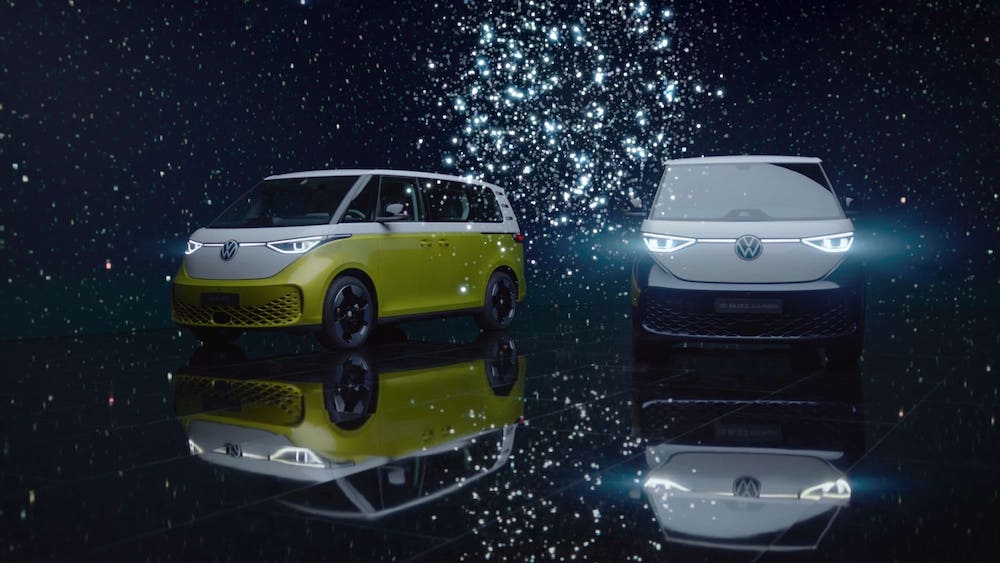
Envisioning the Future
After mounting several successful virtual productions in LED volumes, Holobay is in a solid position to pivot to future endeavors. “We’re really excited about Unreal Engine and all the possibilities in visual finesse,” says Kebeiks. “The 5.1 preview recently came out and got us all very excited.”
“I’m excited for higher frame rates on the panels,” adds Schmid. “We need more video processors capable of running at 240 frames per second without flickering. Who will crack the genlock code and synchronize everything at that higher frame rate?”
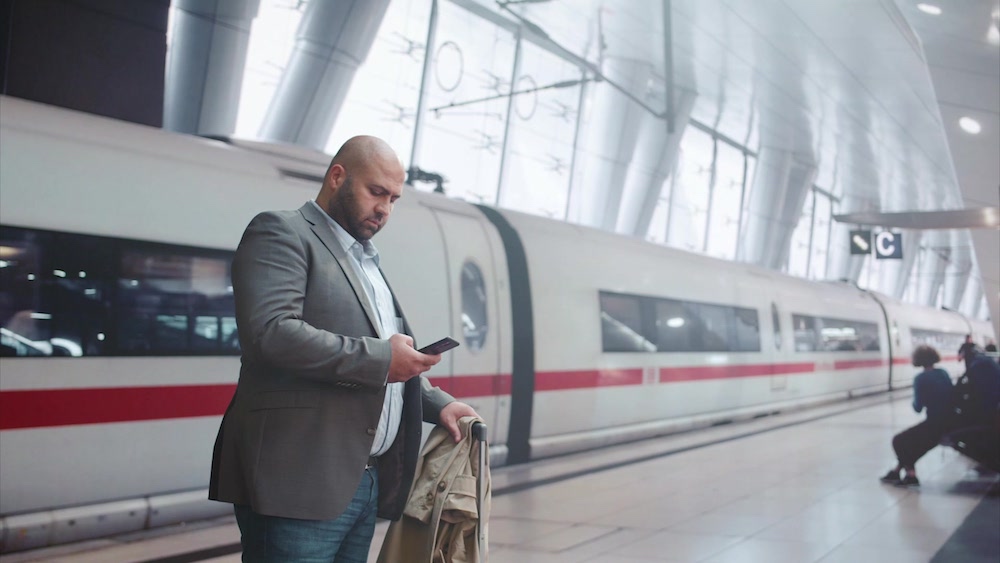
“Pixomondo recently did a great job with a soccer stadium commercial they shot at 200 frames per second in a volume,” observes Weigl. “That will open up a whole new market for potential clients. We have a lot of commercial clients doing food cinematography who would love to try virtual production and LED volumes, but they have to shoot in slow motion at high frame rates.”
“MetaHumans will also add a lot of new potential,” Weigl continues. “We recently tested using Metahumans for extras in the background, and it looked awesome. If you can replace a crowd with Metahumans, that’s a producer’s dream. It’s like, ‘how much more money can you save?’”
Virtual production with LED volumes is such a relatively new industry that a company with just a couple of years of experience counts as a veteran. Although the techniques are state-of-the-art, the team at Holobay brings years of experience in more traditional production techniques to the table. With one foot solidly planted in their prior work and the other forward in the future, the sky is the limit for this team. For more information about Holobay, please visit their website at: https://www.holobay.tv/

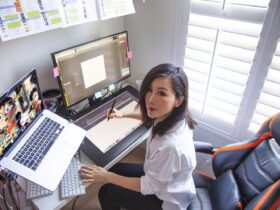
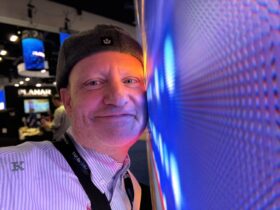
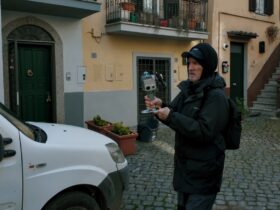
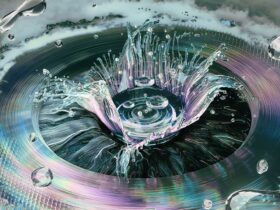
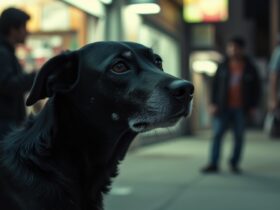

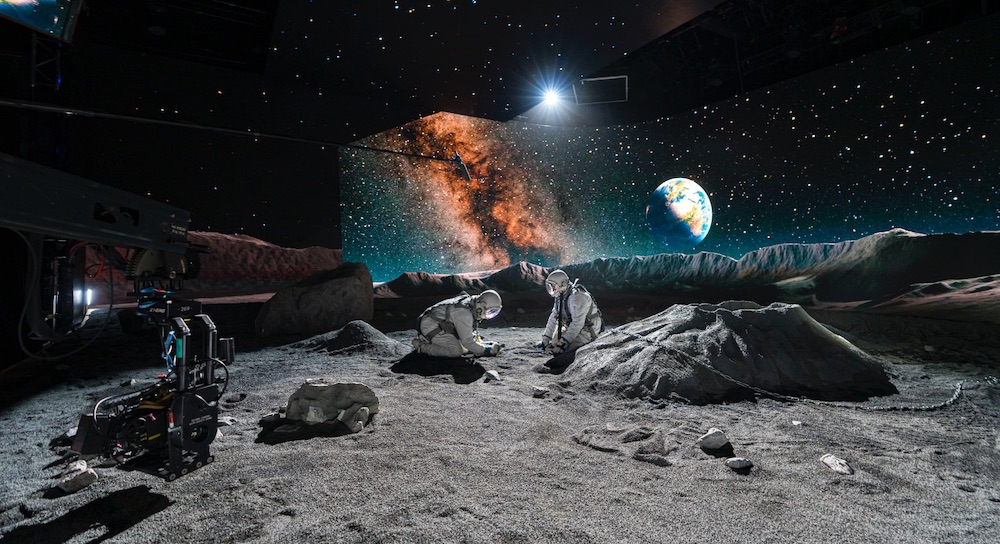
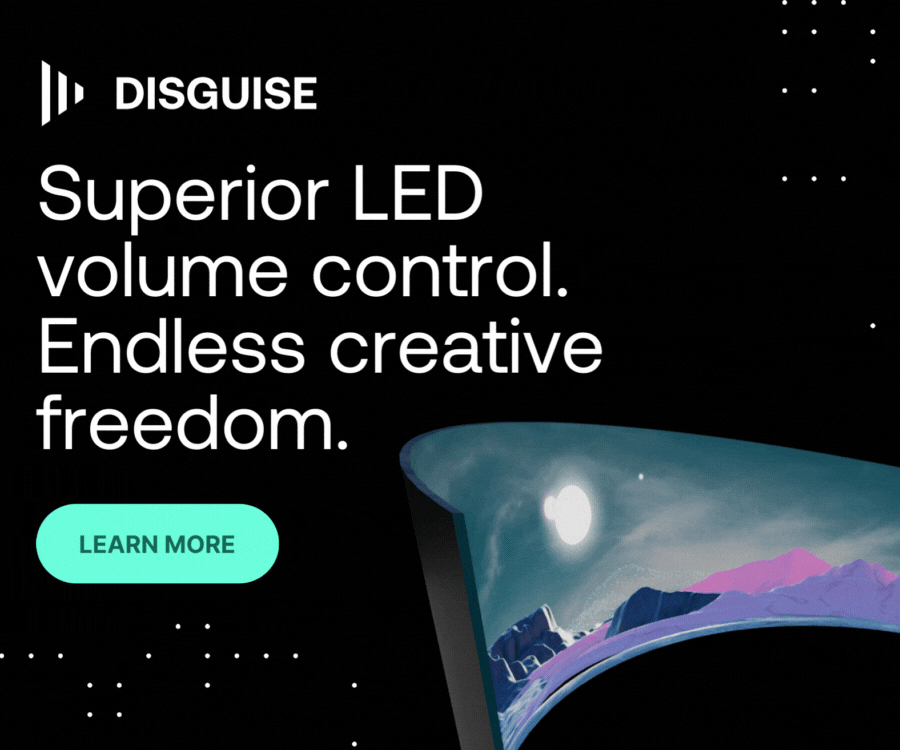
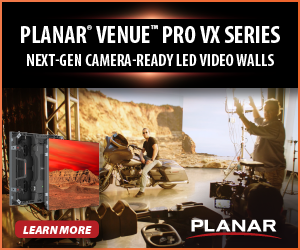
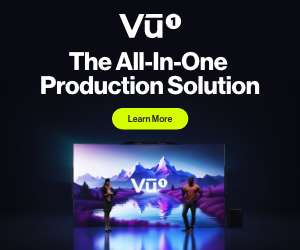
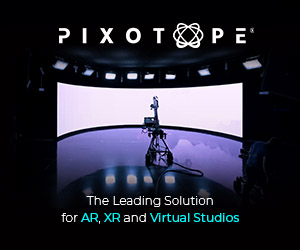
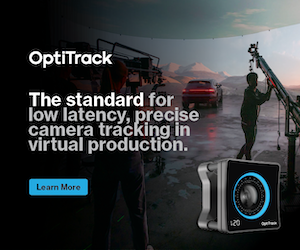
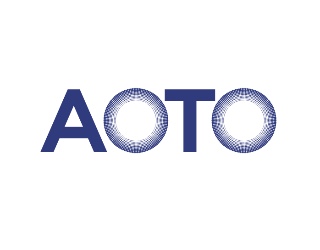

Leave a Reply